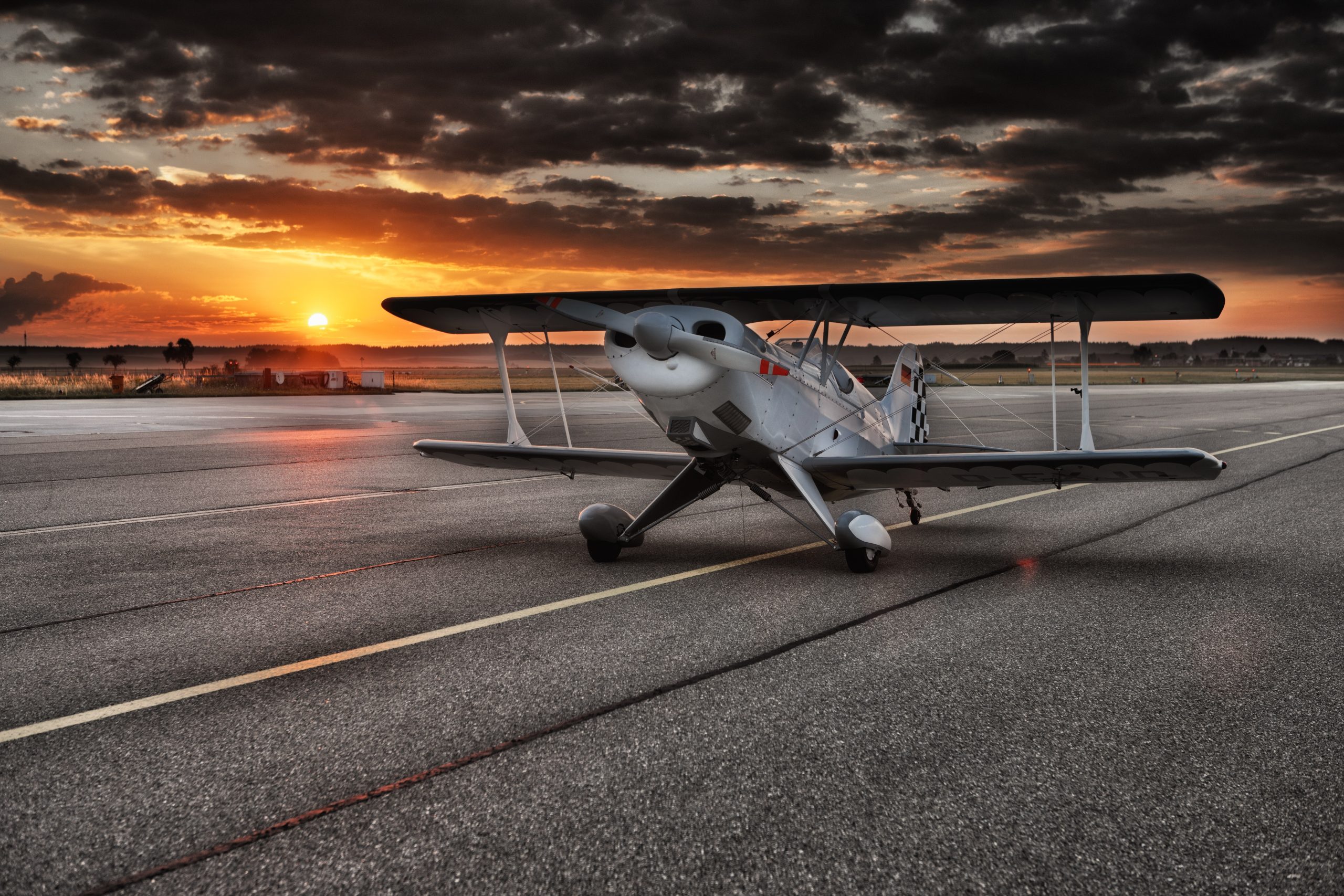
From the moment an airplane starts to taxi down the runway to the instant it lands at its destination, the intricate network of airport lighting is at work, ensuring a safe and efficient flight experience. This article delves into the nuances of various airport lighting systems, each designed to fulfill specific requirements and enhance aviation safety.
Runway Lighting: Managing the Takeoff and Landing
Runway lighting forms the backbone of any airport lighting system. It consists of a series of light fixtures deployed to delineate the runway edges, touchdown zones, and centerlines. These lights not only guide the pilots during takeoff and landing but also provide visual cues regarding the runway length and its end. They are typically white or amber and are modulated for brightness based on weather conditions to ensure optimal visibility.
Taxiway Lighting: Navigating the Airport Ground
Taxiway lights illuminate the paths that aircraft follow to move between runways and terminals. These lights are blue and are strategically positioned to prevent collisions and maintain smooth ground operations. In addition, they assist pilots in navigating the complex network of taxiways, particularly in low-visibility conditions or during nighttime operations.
Approach Lighting: A Beacon in the Night
Approach lights are located at the runway end and extend outward to guide pilots during their final approach for landing. These lights form a funnel-like pattern, enhancing pilots’ perception of depth and alignment, crucial for a successful landing. Different airports use various approach lighting systems, each tailored to the specific needs of the airport and its surrounding environment.
Obstruction Lights: Highlighting Hazards
Obstruction lights are used to mark obstacles such as towers, buildings, and cranes that could pose a risk to aircraft. These lights are typically red or flashing white, making them easily distinguishable from other lights in the airport vicinity. They serve as warning signals for pilots, helping to prevent collisions with ground objects.
PAPI and VASI: Ensuring the Correct Glide Path
Precision Approach Path Indicator (PAPI) and Visual Approach Slope Indicator (VASI) are two systems that provide visual glide slope guidance to pilots. They use a series of lights set in a row to indicate whether an aircraft is on the correct descent path for landing.
Airfield Beacons: Guiding the Pilot
Airfield beacons are vital components of airport lighting systems, as they help guide pilots to their destination during low visibility or nighttime conditions. They emit rotating or flashing lights, often visible from miles away, providing critical navigational aids for pilots. There are different types of airfield beacons, such as aerodrome beacons, obstruction beacons, and identification beacons, each with a specific purpose in aiding navigation.
Conclusion
In conclusion, it is undeniable that airport lighting holds a pivotal role in upholding the safety and efficiency of air travel. With a comprehensive understanding of the diverse types of airport lighting systems, their specific requirements, and the utmost significance of compliance and maintenance, all stakeholders involved in aviation can contribute to a seamless travel experience. As technology continues to advance, we can eagerly anticipate further enhancements in airport lighting, ushering in a future where air travel becomes even safer and more efficient for all.

